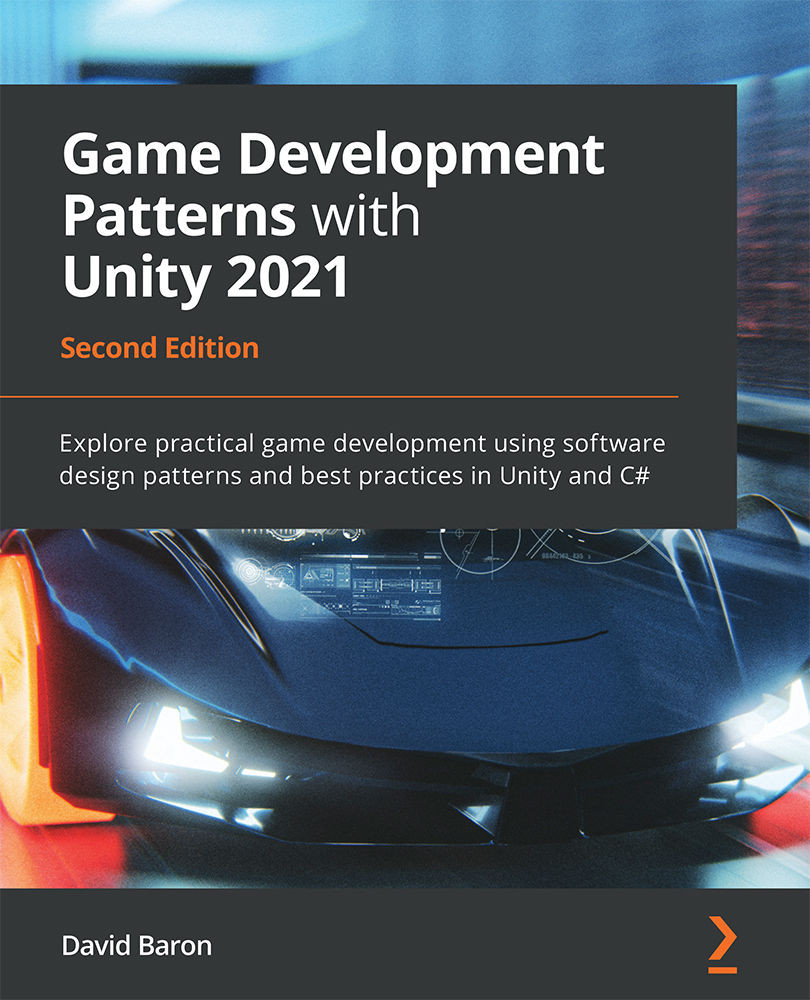In this chapter, we will explore the concept of spatial partitioning. Unlike in previous chapters, the main subject is not traditionally defined as a software design pattern but more as a process and a technique. But because it offers us a reusable and structured approach to solving recurrent game-programming problems, we will treat it as a design pattern in the context of this chapter.
The approach we are going to take in this chapter is different from previous chapters for the following specific reasons:
- We are taking a hands-off approach; in other words, we will not attempt to implement a code example but will instead review some code segments.
- We will not try to stay faithful to any academic definition but will instead use the general concept of spatial partitioning to build a level editor for our racing game.
The...


